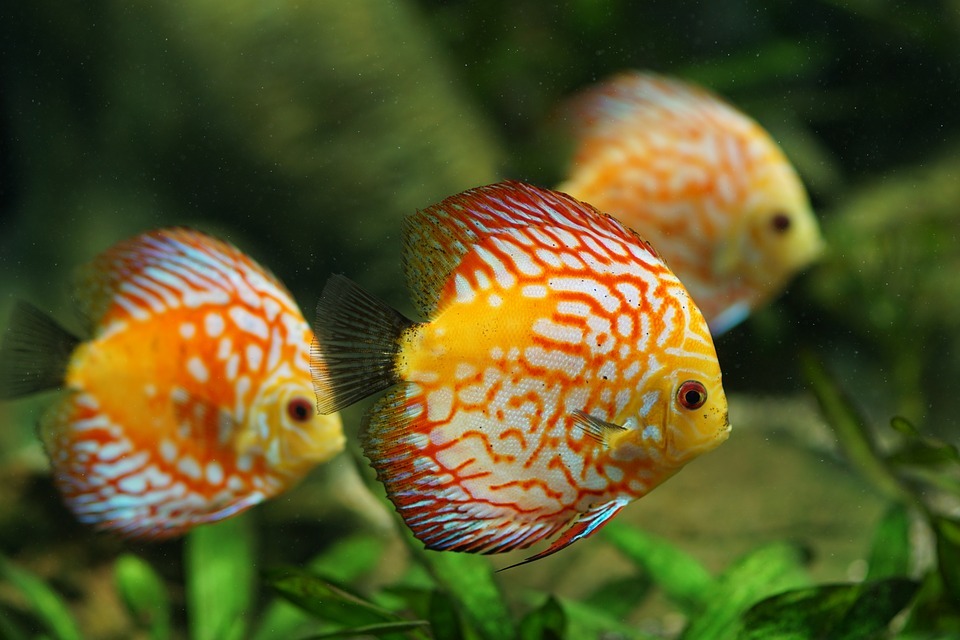Tropical Feeding Guide - Flakes, granules and pellets
Flakes are undoubtedly the most popular food for feeding tropical fish and are ideal for providing convenient staple nutrition to small-medium sized community fish such as livebearers and tetras. There are many quality brands available, and in addition to the standard flake, there are different types such as crisps, colour-enhancing flake, or green vegetable flake for herbivores. Most flake will float for a few minutes, allowing surface feeders to eat, and it will gradually sink, allowing for midwater fish to feed. The majority of aquarists feed flake as the main food, and supplement with other food types to provide variety and to meet the needs of certain species that require specialised diets.
Micro-pellets, pellets, and granules tend to sink slowly through the water column, allowing a variety of different fish to feed at different depths. These provide a great nutritious alternative to flake and are usually readily accepted by most community fish. There are also pellets specifically formulated for catfish, loaches, and other bottom dwellers. These sink to the substrate straight away and are essential for providing sustenance to these fish that inhabit the lower reaches of the aquarium; such fish should never be regarded as a 'clean-up crew' and left to mop-up uneaten foods, they require a proper diet in their own right if they are to thrive. Invertebrates such as shrimp and snails also enjoy browsing upon most pellet foods. Additionally, pellets and granules often tend to be the best foods for use in automatic feeders, as unlike flake, they tend not to clog in a humid environment.
Tablets and wafers are larger foodstuffs suited to many bottom dwelling species. These sinking foods will drop through the water column quickly and will be too large for may top- and midwater-fish to consume in one go on the way down, giving catfish and loaches residing on the substrate a better chance to feed. Many of the wafer types are algae-based for herbivorous and omnivorous grazers that enjoy rasping at the food as they eat, allowing them to feed slowly over a longer period of time, as they would in the wild. A number of tablet foods can also be pressed against the glass, allowing the fish to be in prominent view as they feed from it - an astute way to check that all fish are looking healthy.
Pellets and floating sticks are relished by larger fish e.g., some of the hefty Central and South American cichlid species, providing them with a much more substantial meal for their size.
In recent years, insect protein has replaced fish meal as a key ingredient in many dry foods and this is far more sustainable, as well as being closer to the natural diet of many of our aquarium pets.
Whatever dry food you use it’s worth bearing in mind some consistent rules of thumb. Smaller fish will generally require more frequent feeding than larger individuals and grazing herbivores or plankton-feeders are adapted to feed over an extended period. This is why instructions on many pots of food suggest feeding several times a day. Little and often feeding results in a more even waste load on the filtration and increases the amount of food taken when compared to heavier sporadic feeds. When rearing young fishes, you will find that multiple daily feeds balanced by frequent partial water changes will lead to the best growth rates.
Often, providing for the needs of different species housed together will entail using a variety of different dry foods. If not, it’s still a good idea to use a range of formulations to add interest to your pets’ diet. Meal times are something of an occasion and can be the highlight of the day for creatures whose wild relatives have to spend hours of their day finding enough calories to survive.




